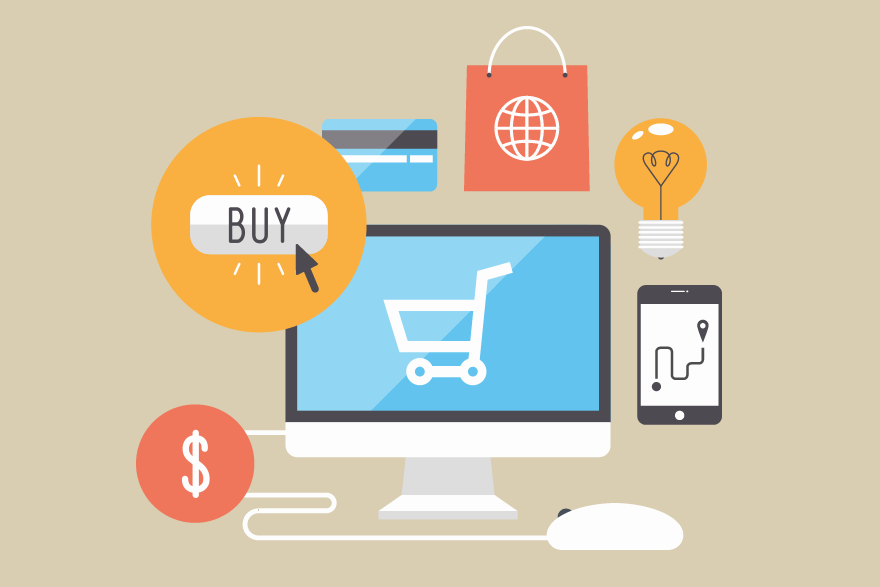If you’ve been a faithful reader of RepricerExpress (and we thank you for it!), then you know we’re big fans of most merchants using Amazon repricing software. But note we said ‘most’ — not every seller should automatically start using it. If you’re still unsure of whether you fall into that camp or not, then read on. And if you still can’t make up your mind, then put the theory into real-life practice and try it out for a bit.
The Most Important Factor: The Size of Your Inventory
The first thing you should look at is how many items you stock in your inventory. For simplicity’s sake, we’re going to divide sellers into two camps:
- Those who sell fewer than 100 items
- Those who sell more than 100 items
If you’re close to the border on how many items you stock, then you’ll want to read on to see which other factors will affect your decision to use Amazon repricing software. But for now, let’s stick to these figures. Around 100 items is a reasonable number to divide the two camps into because it works out to either roughly 3 items a day per month to worry about, or a lot more.
The fewer items you have, the easier it is to:
- Upload individual SKUs
- Write product descriptions, some of which may or may not be mostly copy-and-pasted, with edits to reflect individual differences (e.g. colours on clothing or apparel, sizes, etc.)
- Photograph items
- Come up with pricing strategies
- Fulfill orders
The Second Most Important Factor: Sales Volume
If you’re constantly selling and rotating stock, then you’ll want to automate things as much as possible so you give yourself more time to handle all business aspects. It’s like hiring an office assistant: sure, you could probably do the little things yourself, but investing in another person to do that work for you means you have more time to devote to expanding your business.
But like any investment you make in your business, you need to allow yourself a bit of buffer time to see the payoff. We suggest around three months because that gives you plenty of time to:
- Get the hang of the repricing software you’re using (and/or possibly switch to another that better suits your needs)
- Account for upticks and downswings in sales, depending on what the selling trends are for your categories
- Refine pricing strategies so you can set them on autopilot as much as possible
The Third Most Important Factor: How Much of a Budget You’re Working With
If you’re a seller just starting out, you likely don’t have much of a pool of steady sales to fall back on. This could mean that you need to wait for momentum to gather a bit before you can increase how much you spend on a repricer, or even if you need to manually reprice for now.
But if you’re a seller with high volume and steady sales, then your budget for a repricer is likelier much larger.
Or maybe you’re a seller who stocks relatively few, but higher-priced items and it makes more sense for you to reprice everything yourself.
Whatever your reason, look carefully at what your revenue, profit and operating costs are, on both a short and long-term basis.
The Fourth Most Important Factor: How Long You’ve Been a Seller
This factor closely relates to the above, but differs in one big way: your openness to change. The longer someone has been a merchant, the more settled they tend to become in their methods of operation. It’s like a puppy versus a senior dog. Puppies are relatively easy to train because they’re like blank slates; and while it’s not impossible to train a senior dog, it is much more difficult to break them out of old habits and ask them to do something completely different.
The earlier you get started using Amazon repricing software, the easier it’ll be to integrate it into your daily schedule. And really, there’s almost nothing to lose with incorporating a repricer as early into the game as possible. Most, if not all, repricing solutions offer some kind of initial free trial (ours is 15 days) so you have plenty of time to take it for a test drive.





